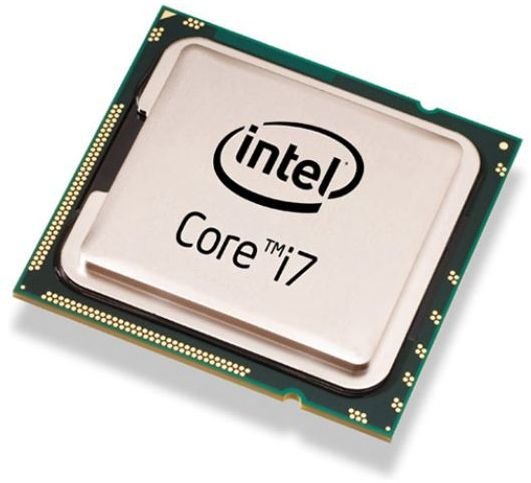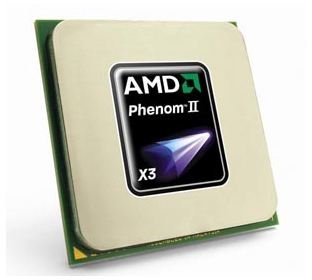AMD or Intel for Photo Editing - Which is Best?
Why Is a Processor Important for Graphic and Photo Projects?
If you are a graphic designer or even a casual user who needs to do a lot of image editing work on his PC, you will need a fast, capable computer with the right components.
Purchasing a powerful processor is the best way to increase the speed of your image editing tools. This is because image editing is made possible through the use of complex mathematical algorithms. When you re-size a photo, for example, you are sending the photo through an algorithm that calculates where each pixel should be and what it should look like now that you’re making the image smaller or larger.
That’s not easy to do, and if the photo is very large, there will be a noticeable delay in completing the resize you requested. Those who work with digital images on an amateur level can often get by using slower processors, but only because the image files they’re editing are small. Remember, the pixel count of an image increases exponentially with its dimensions. A 1024x1024 image contains 1,048,576 pixels, but if you double the image to 2048x2048 the pixel count quadruples to 4,194,304.
Try to use image editing software which supports concurrency and parallel processing in multicore processors along with a quad-core processor to receive maximum performance. By doing this, you’ll be splitting your editing workload across multiple hardware components rather than a single core, thereby maximizing the potential of the most powerful processors.
Now with this said, let’s take a look at the fight between Intel and AMD and see which is the best choice.
Intel or AMD?

As mentioned, you should be looking for a quad-core processor if you’re a serious image editor. While dual-cores provide adequate performance for casual users editing small image files, those who want to edit images shot in RAW format will want the quickest processor their money can buy. Even a six-core processor could be an option, but we’ll get in to that later.
When it comes to per-core and per-clock performance, Intel dominates AMD. There’s hardly a thing that I can say to provide support for AMD’s high-end products, as they are simply not competitive with Intel in this field. That’s not to say that AMD processors will be terribly slow, but why buy a less powerful processor when a better option is available at the same price?
If you take our advice and go with an Intel product, you should look first at the Intel Core i5-2500. This mid-range quad-core processor is priced at $209 and is generally considered the price-performance sweet spot. Its clock speed of 3.3 GHz can dynamically overclock to 3.7 GHz when there is thermal overhead available. Although not as quick as the Core i7 processors, the increase in performance you receive from this point on does not scale well with the increase in price.
Speaking of Intel Core i7, there are six-core processors available from the company under the Core i7 brand name. However, these processors are based on the older Nehalem architecture. While quick, they’re not much quicker than more modern Sandy Bridge quad-core processors like the Core i7-2600. Yet they are priced much, much higher. In other words, they are not a good value.
There is one case where an AMD processor may be a good choice, and that’s if you’re on a tight budget. AMD offers a quad-core processor called the Athlon II X4 631 for $89.99, and another called the Athlon II X4 640 for $99.99. Although the performance is far less than a Core i5, these are quad-cores, and they are adequete. Ideally a serious image editor should go for the best, but that’s not always possible, and these are valid budget alternatives.
Verdict
Ultimately, the Core i5-2500 is the place to start. I suggest reading some reviews to see if the performance is adequate to your needs. It most likely will be, but if you are editing extremely large files and every second counts, you may end up buying a Core i7-2600 instead. Or, if money is no object, you could buy an Intel Extreme Edition six-core for over $1000.
I wish AMD could make a better showing here, but they simply don’t and they likely won’t until Bulldozer comes out, if then. The fact is that AMD is a much smaller company than Intel, and it struggles to keep up. The company has used nifty tactics to keep competitive, such the AMD Fusion processors with Radeon integrated graphics, but those offer little benefit to image editing programs.
References
- Anandtech - The Sandy Bridge Review
- Legit Reviews - AMD Athlon II X4 640 Review
